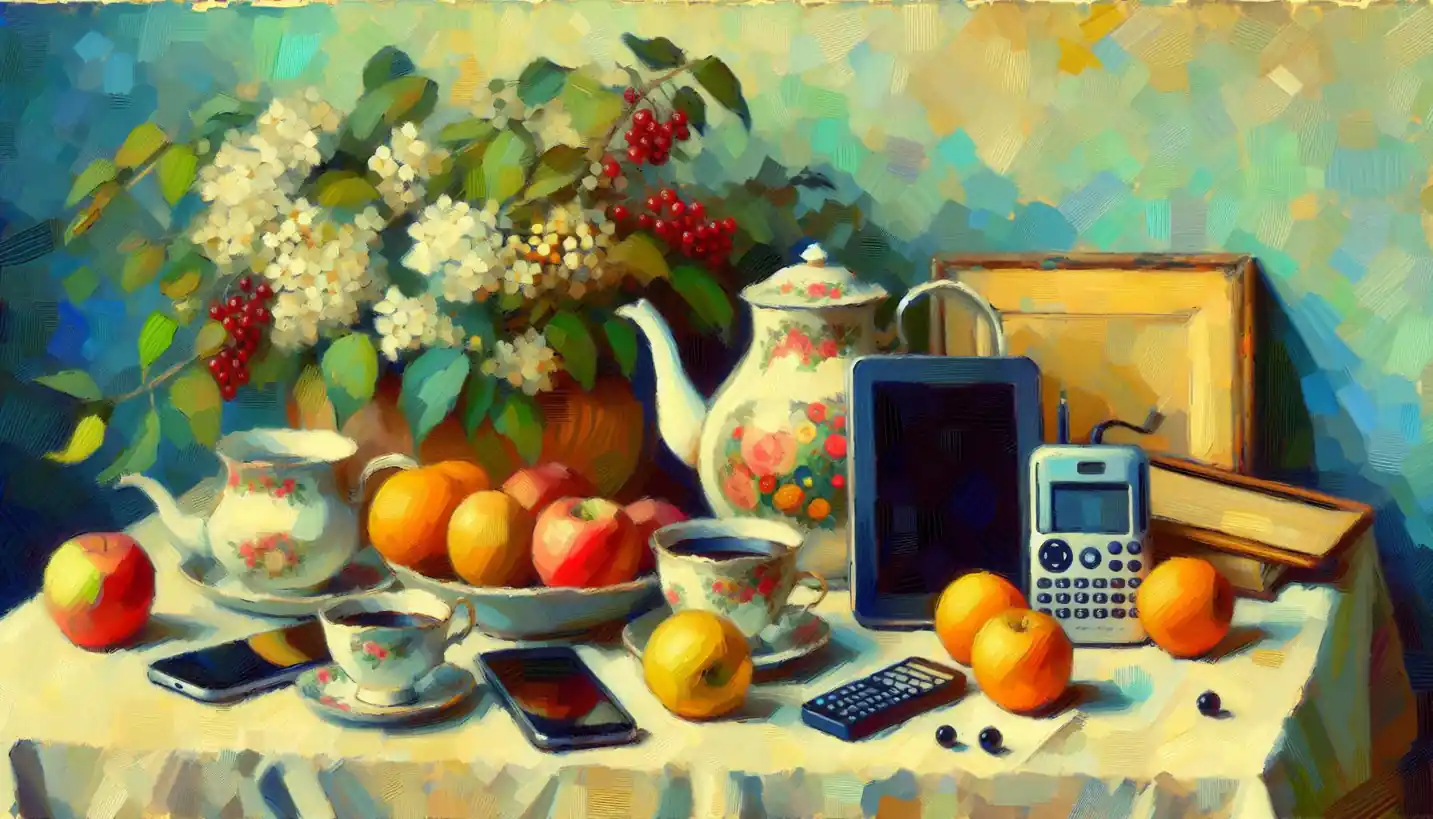· Art · 5 min read
Straight Ahead Action: Exploring the Art of Fluid Animation
Straight ahead action is all about spontaneous creativity in animation. Explore how this technique crafts fluid movements that capture the essence of life.

Animation, a beautiful blend of art and motion, often relies on techniques that bring characters and scenes to life. One such technique is known as “Straight Ahead Action,” a method that animators use to create fluid and spontaneous motion. Let’s dive into what this means and how it shapes the world of animation.
Straight Ahead Action is a term used in the animation industry to describe a particular process of drawing or creating motion. Unlike the “pose-to-pose” method, where key positions are defined first and then connected, straight ahead involves creating each frame in sequence. Imagine sketching a character leaping off a building—an animator using straight ahead would draw every single stage of the jump, from start to finish, in order.
Why does this method matter? Well, straight ahead action lends a natural and often unpredictable feel to animation. The characters seem more alive because their movements aren’t constrained by predetermined poses. It’s like watching someone dance freestyle instead of following a strict choreography. This technique is brilliant for actions that demand free-flowing motion, such as waves crashing or a flag waving in the wind.
The concept of straight ahead action can trace its roots back to the golden age of animation. Early animators at Disney, like the legendary Ollie Johnston and Frank Thomas, pioneers in the field, used this method to create some of the most iconic scenes in cinematic history. Their work showcased how straight ahead action could produce dynamic and engaging narratives.
A classic example of straight ahead action can be seen in old Mickey Mouse cartoons, where the characters’ movements are vivid and unrestrained. These animations have a lively charm that comes from the spontaneity of the technique.
However, straight ahead action does come with its challenges. Since every frame is drawn in sequence, keeping proportions consistent and ensuring the character stays on model can be difficult. Animators need to keep a sharp eye and a steady hand to prevent characters from morphing unintentionally. It’s like walking a tightrope, where balance and precision are everything.
In today’s digital era, animation software has made it easier to overcome some of these challenges by offering tools for correcting mistakes and refining sequences. Yet, the artistic essence and the vibrant flow of straight ahead action remain unmatched.
The choice between straight ahead action and pose-to-pose often depends on the desired outcome and the animator’s personal style. While pose-to-pose suits structured scenes with highlight moments, straight ahead is perfect for capturing movement that feels instinctual and organic.
Despite its roots in traditional hand-drawn animation, straight ahead action is equally relevant in modern computer animation. Digital artists often simulate the method using keyframes and in-betweens, achieving a look that echoes the spontaneity of its hand-drawn counterpart. In fact, some animators blend both techniques to balance structure and fluidity, creating a tapestry of stunning motion.
The intrigue of straight ahead action is its unpredictability. Because animators are drawing each frame in sequence, they have room for exploration and creativity. They can make last-minute adjustments or let inspiration guide the character’s path. It’s a technique that encourages invention and can lead to unexpected but delightful results.
One might wonder, is there a scientific aspect to this artistic process? Absolutely! Straight ahead action not only taps into artistic instincts but also involves an understanding of physics and timing. Animators must grasp how gravity influences movement or how energy disperses across a flowing motion. Essentially, they’re exploring the science of motion in the realm of art.
Moreover, straight ahead action can spark innovation and experimentation within the animation studio. Animators might invent new moves or develop unique styles that keep the medium evolving. This approach opens doors for fresh narratives and ideas, pushing the boundaries of what’s possible in animation.
For aspiring animators, trying out straight ahead action can be a rewarding exercise. It teaches patience, attention to detail, and, most importantly, creativity. It can serve as a training ground for understanding movement and developing a personal style. Whether in sketchbooks or digital canvases, experimenting with this technique can be both challenging and exhilarating.
In conclusion, straight ahead action is more than just a technical approach; it’s an artistic philosophy. It embodies the heart and soul of animation, capturing the raw and unrehearsed vitality of motion. While it presents its own set of challenges, the freedom and creativity it offers make it a beloved technique among animators.
From the bustling early days of animation to the sophisticated studios of today, straight ahead action continues to be a vital part of creating lively and engaging animated stories. Its legacy lives on, inspiring new generations of artists to embrace spontaneity and breathe life into their creations. Whether you’re watching a whimsical cartoon or a digitally animated epic, there’s a good chance straight ahead action played a role in bringing those vivid scenes to life.
So, the next time you find yourself mesmerized by an animated sequence, remember the artistry and passion behind every frame. It’s a testament to the timeless allure and innovative spirit of straight ahead action in the world of animation.


